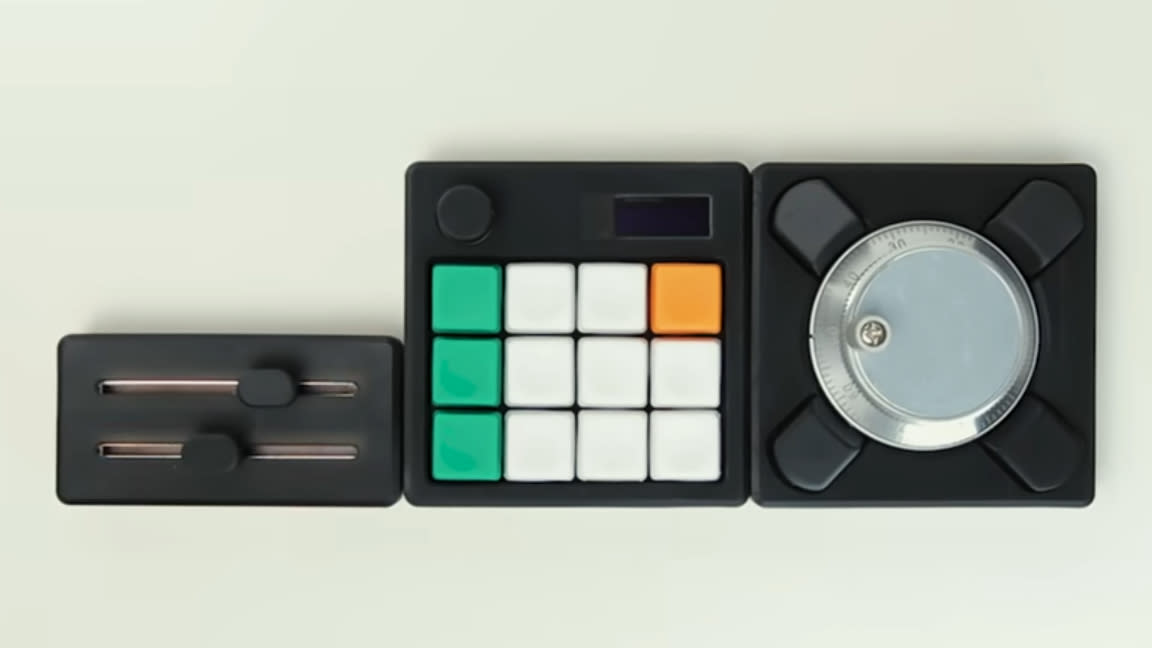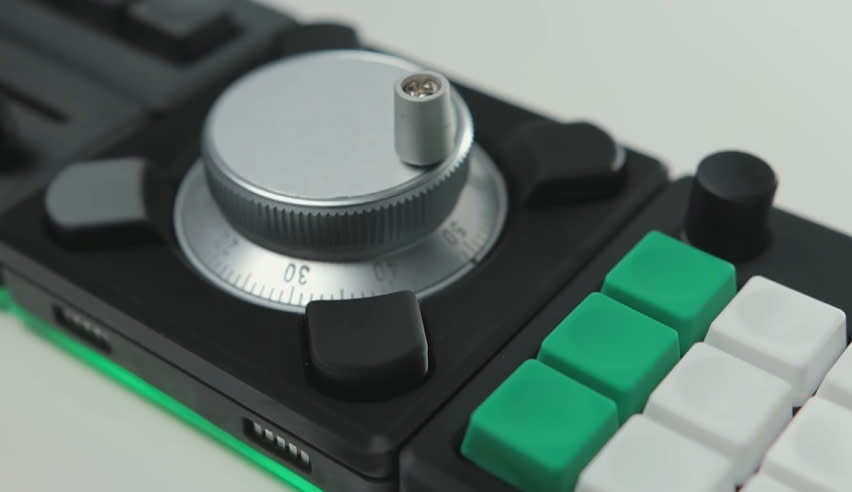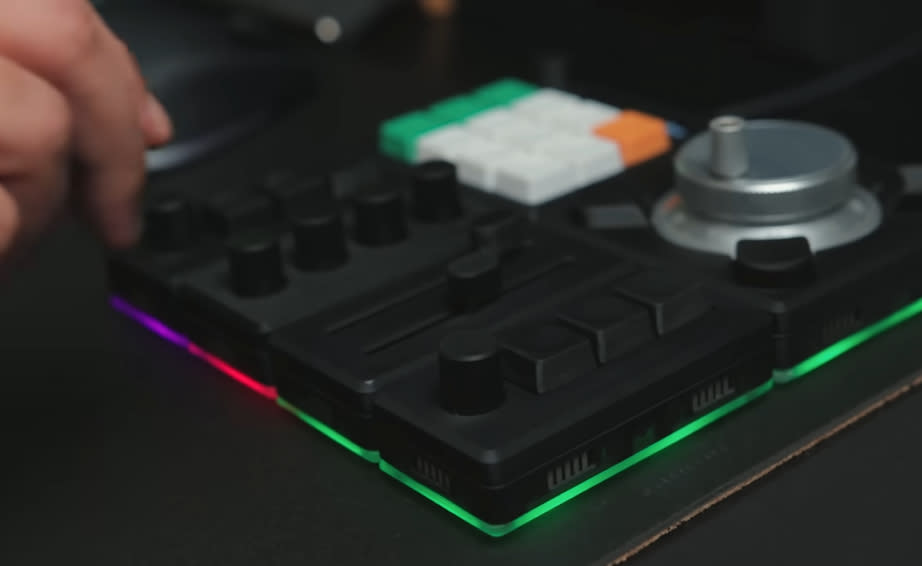Raspberry Pi RP2040 Macropad supports magnetic modules for expansion

We’ve seen many cool Raspberry Pi-powered macropads over the years, but we’ve never encountered one like this. In his latest video, maker and developer Salim Benbouziyane has created a Raspberry Pi RP2040-powered macropad called the Ocreeb MK2 that uses magnets to add and remove modules.
The Ocreeb MK2 project is an upgrade to another macropad Benbouziyane put together last year called the Ocreeb. According to Benbouziyane, the idea behind the MK2 was to make a macropad with a selection of optional add-on modules that would be easy to attach in multiple configurations using magnets.


The project required quite a bit of engineering, and many components had to be designed from scratch, including a variety of custom PCBs as well as the housing for each module. Benbouziyane used Fusion 360 to design both the PCBs and outer shells. The PCBs were ordered online, but the cases were 3D printed by Benbouziyane using an UltraCraft Reflex resin printer from HeyGear.
The main board powering the macropad is a Xiao RP2040, which we found quite favorable in our 2022 review. The ain macropad module also sports an OLED screen. The outer edges of all modules have magnets, and the undersides feature RGB LEDs. You can see the different modules he created in the YouTube video showing off the project, which includes things like rotary encoders, extra buttons, and sliders.
The macropad uses KMF firmware and also uses Adafruit’s Seesaw framework. It’s worth noting, however, that there are some caveats with its design, and you may want to wait before recreating this project at home. Performance dwindles as more modules are added, and the magnets are a bit weak, making it easy to disconnect modules accidentally.
If you want to get a closer look at this Raspberry Pi project, check out the original video shared by Benbouziyane on YouTube. In it, he shares the final product and gives an in-depth look at how it was created. Be sure to follow Benbouziyane for more cool projects and any future updates to this one.

